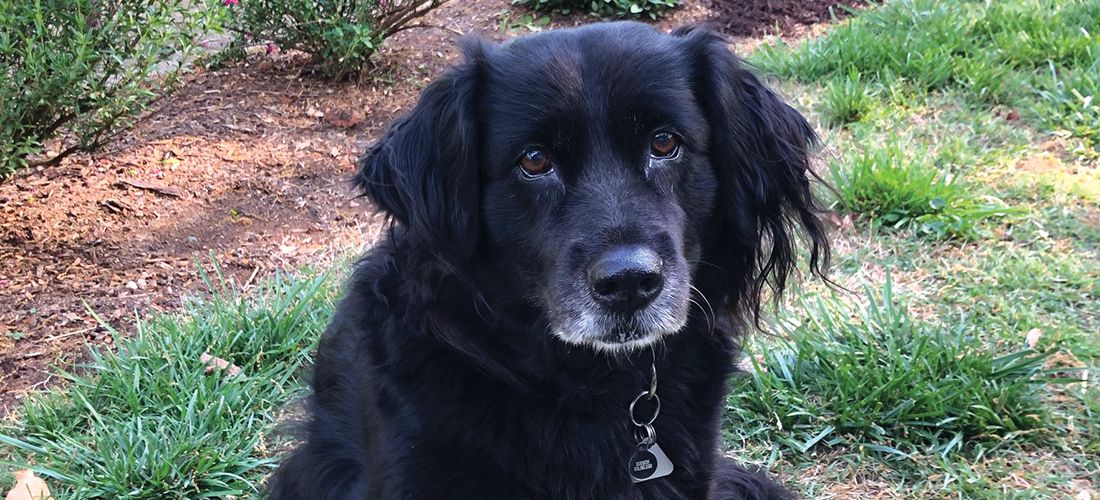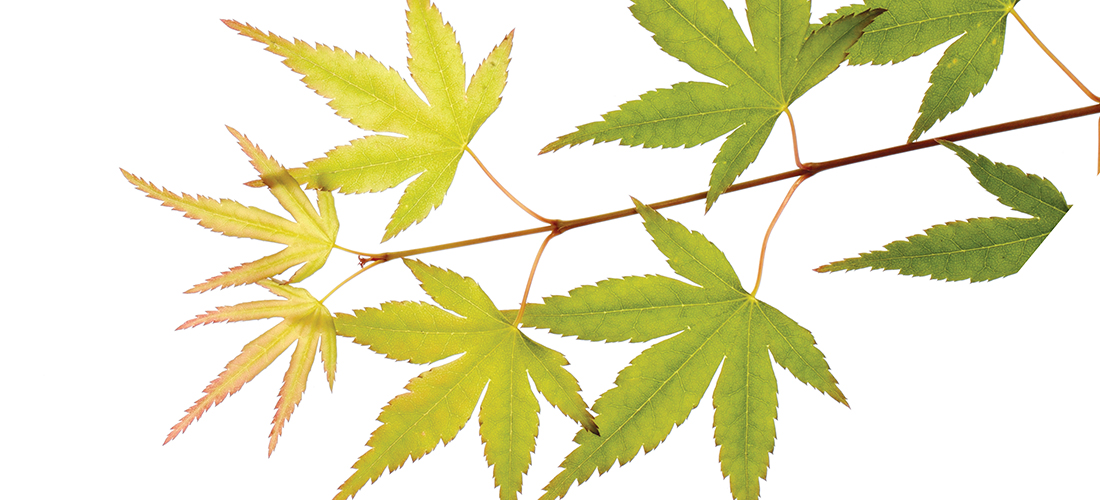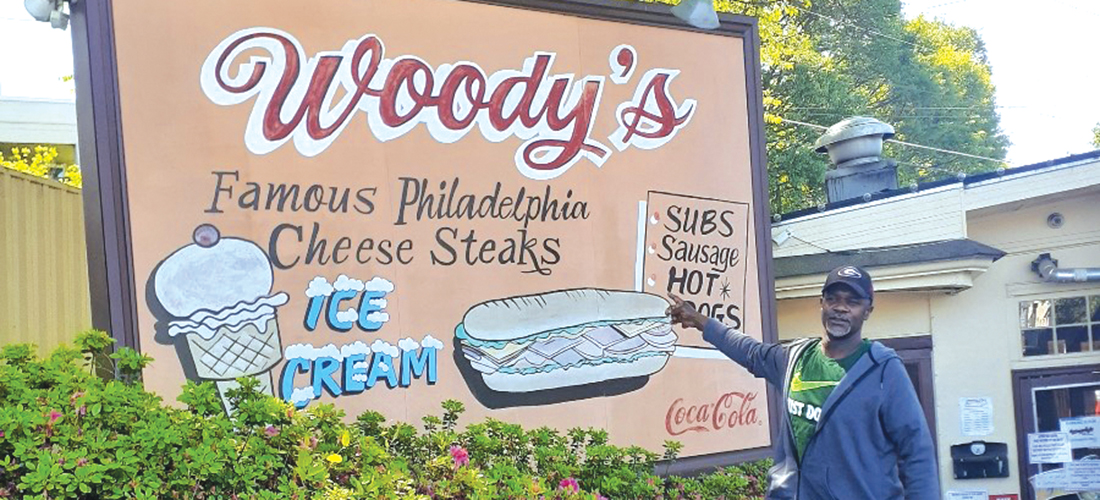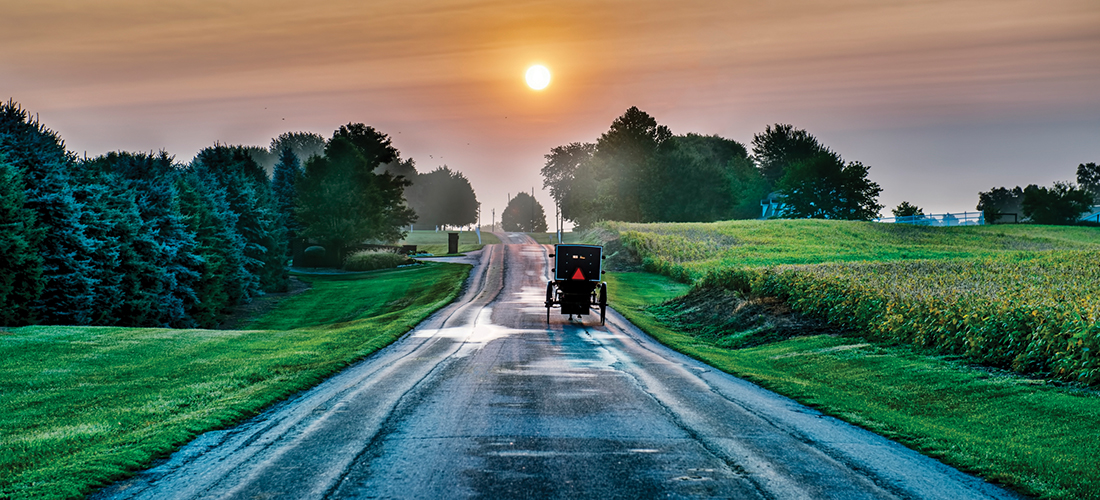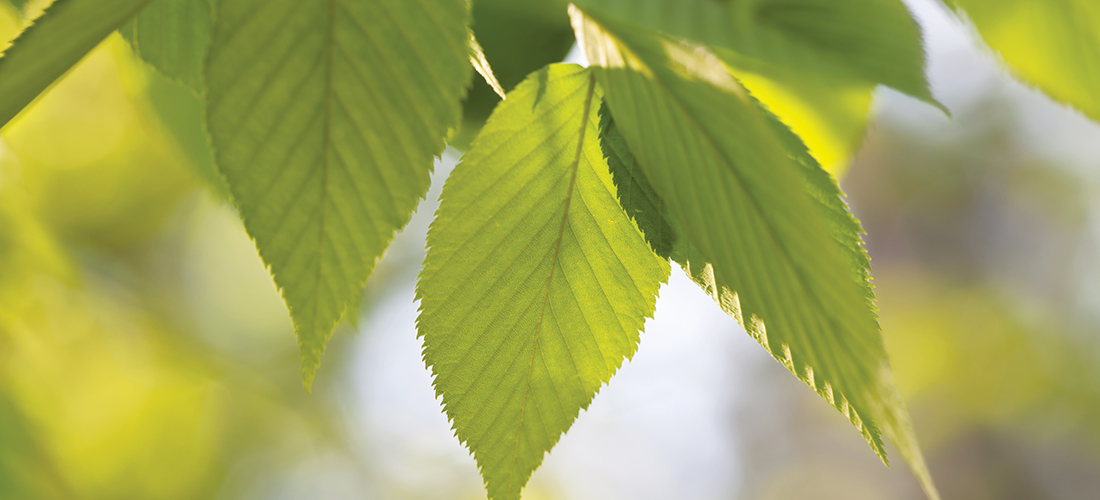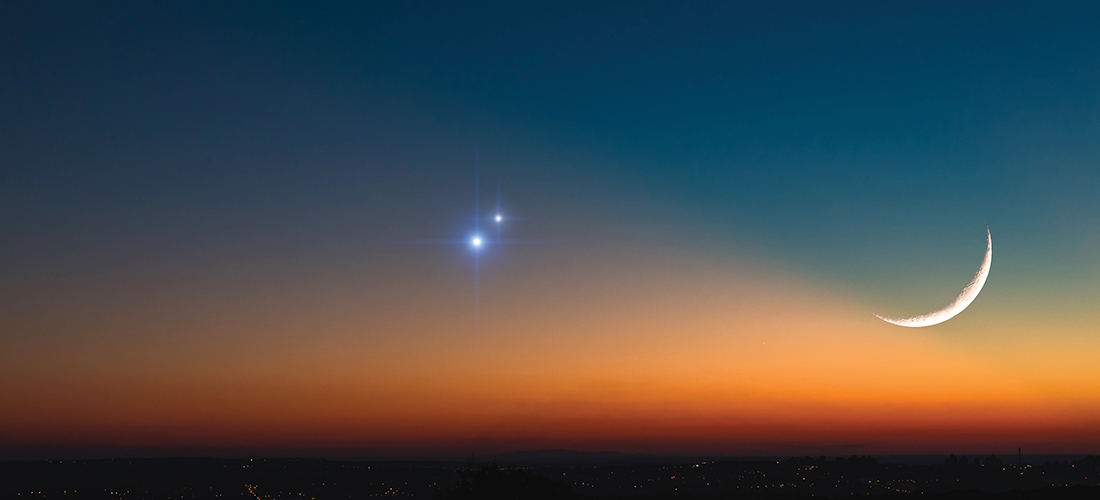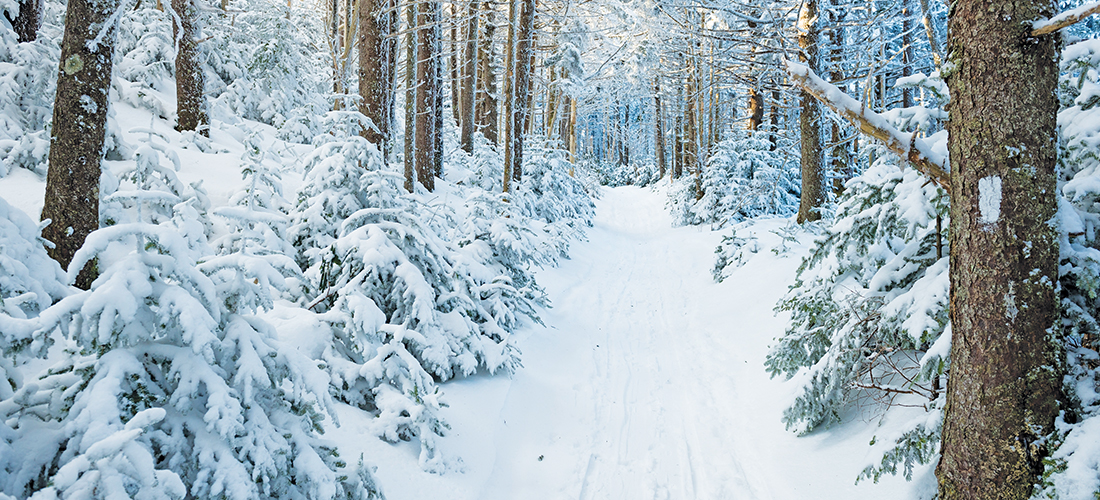Golf and Marriage
True love and harmless fun on the links
By Jim Dodson
Not long ago, my wife, Wendy, and I were discussing our 20th wedding anniversary.
“So, Old Baggage,” I said, affecting the accent of a toffee-nosed English aristocrat. “Where exactly would you like to go? SkyMiles and hotel points are the limit!”
“Oh, no,” she came back with feigned horror. “I thought we’d seen the last of that old boy!”
Needless to say, I was pleased when madam suggested motoring down to a lovely old hotel and sporty golf course in South Carolina where we celebrated our 15th anniversary.
But first, friends, a word of caution.
Referring to your dearly beloved as “Old Baggage” does not come without certain risks to domestic harmony, though in this instance it was one of those affectionate inside jokes that long-married couples share to remind themselves of their matrimonial journey through the fairways and thickets of life.
At any rate, while participating in a mixed foursomes tournament during the annual Royal & Ancient Golf Club autumn meetings some years ago, we got paired with an elderly English couple straight from the pages of P.G. Wodehouse — a crusty old RAF Colonel and his long-suffering wife, Edyth, who spent an entire trip around the Duke’s Course in St. Andrews tossing colorful insults at each other.
“Alright, Old Baggage, put your considerable rump into this shot!” he urged his bride. “No half-way measures, girly! Give the old wedge a solid knock!”
“Sod off,” she muttered as she settled over the ball. “How about I give you a solid knock instead?”
Round they went, hole after hole. He grumbled about everything from “elephants buried in the green” to his wife’s choice of exotic leopard-print golf trousers, giving unsolicited advice on almost every shot.
“Try and roll this one close to the hole for a change. Remember, never up, never in!”
“You would know about that,” she snipped. “Perhaps you’d enjoy a nice nap in the bunker?”
Over drinks afterwards, we were surprised to learn they’d been married for 40 years, and that their entertaining Tracy-Hepburn routine was designed to amuse themselves and startle unsuspecting playing partners.
“Lovely way to relieve the marital tensions,” Edyth advised matter-of-factly over her raspberry gimlet.
“Just a bit of harmless fun to keep mixed opponents off balance,” Lionel chortled. “Never fails to put them off their game.”
“It keeps both golf and marriage interesting,” she added coyly.
“True, Baggage,” he rumbled. “Damned shame, though, about that easy 10-footer for the win you missed on 17.”
“Ah, well.” She gave us an unconcerned smile. “Maybe next time you should hit the ball where you were instructed.”
To paraphrase our late friend John Derr, the CBS Sports broadcaster who worked with the inimitable Henry Longhurst for years (and quoted him frequently), the institution of marriage is only slightly older than the game of golf and not quite as fun. Golf has probably saved at least as many marriages as it’s ruined — and vice versa.
“Blessed be the man or woman who enjoys their spouse’s company on the golf course,” the ageless “One Derr” — as Wendy and I called him — declared at our supper table one evening after we told him about our encounter with the English aristos. “For theirs is a shared adventure of fond memories and pleasant disasters, an unbreakable bond of friendship forged by generous mulligans and preferred lies in a game that cannot be beaten — only endured.”
With his next breath, Derr glanced at me, smiled and added, “You’re a fortunate man to have a beautiful golfing wife, James. But I am placing you on notice that if you pre-decease me, I’m moving in on Wendy.”
He’d recently turned 96.
But John’s point was well-taken. Like many couples who share a love of the game and each other, golf has been a feature of our romance almost since our first hours together.
The day after meeting Wendy at a dinner party thrown in honor of my first golf book, we took a casual Sunday drive that took us to one of Robert Trent Jones’ early golf course designs in upstate New York. It was there — upon the discovery that she once played in an after-work golf league and had a germ of interest in the game — that I stole my first kiss and Wendy Ann Buynak stole my heart.
The last two decades have indeed been a shared adventure of bogeys and birdies, colorful characters and memorable places, beginning with our first trip out West after we got engaged at The Lodge at Sea Island, where I threw her into the breach at Pebble Beach with a new set of Callaway golf clubs. It was her first full 18 holes of golf, as she later pointed out.
Her caddie that morning had eyes like a roadmap from hell due to an all-night bachelor party. He and half a dozen Japanese gentlemen with video cameras bore witness as Dame Wendy teed up her ball and made a fierce swing. The ball trickled a few feet off the tee.
Without hesitation, she fetched her ball and tried again. This time the ball rolled 10 feet.
“Listen, ma’am,” groaned her suffering caddie, massaging his pink eyes. “Let’s just pick it up and go.”
She blissfully ignored him, teed up again, took dead aim, and calmly swatted her drive to the heart of the fairway. The Japanese gentlemen broke into applause, and I realized this was true love on the links.
The first time my bride broke 100 was on a work trip to France. It happened at the elite Golf Club de Chantilly, a famous old Tom Simpson layout. Nary a soul was visible that drowsy summer afternoon following a leisurely lunch of crusty bread, foie gras and considerable sparkling wine.
The girl in the golf shop — buffing her nails with exquisite boredom — waved us out to an utterly empty course, cuckoos calling dreamily from the surrounding forest.
Somewhere on the back side of the masterpiece, after all that wine and no relief station in sight, nature summoned me into the forest, after which I joked that the lone advantage God gave man over woman at the dawn of creation was the ability to make water on an empty golf course, if need be.
A few holes later, I heard someone call my name and turned to see my new wife squatting behind a clump of bushes, grinning like a schoolgirl. “What was that about man’s advantage on the golf course, monsieur?” she teased.
I had to laugh. “Monsieur is certainly enjoying the view,” I pointed out.
Through a gap in the foliage directly behind her, an elderly gentleman in a blue beret was raking out his veggie garden. He was grinning like a teenager, too.
“Bon soir!” he called out, waving.
“Wee wee,” I replied in the American vernacular.
We’ve had many memorable golf journeys since that incredible week of our early married days, but that time in France ranks atop both our lists of favorite moments.
Which is why it was no surprise that our anniversary interlude in South Carolina was such a quiet success, a reflective moment that scored well under par as both a golf getaway and a marriage milestone.
The only “baggage” we brought with us was a dozen new golf balls, 20 years of great memories — and a hope for 20 years more of the same. PS
Jim Dodson can be reached at jim@thepilot.com.


